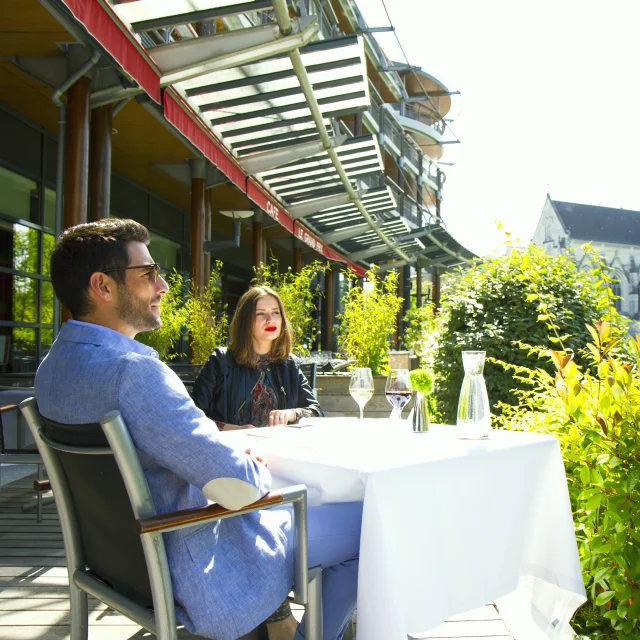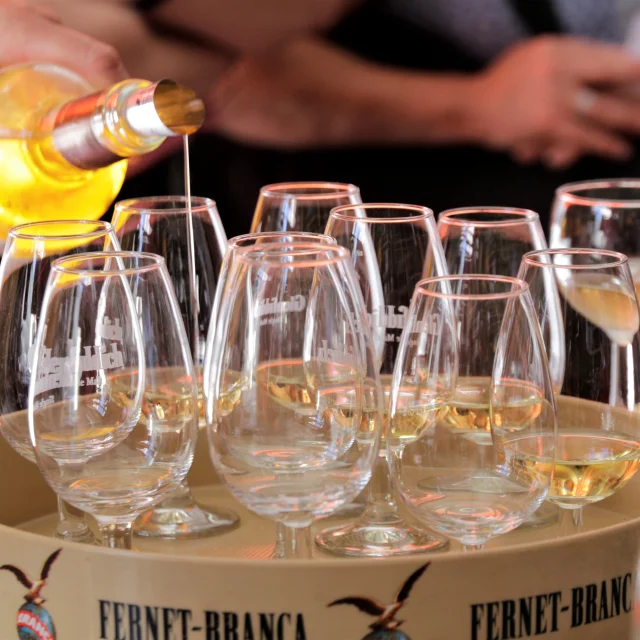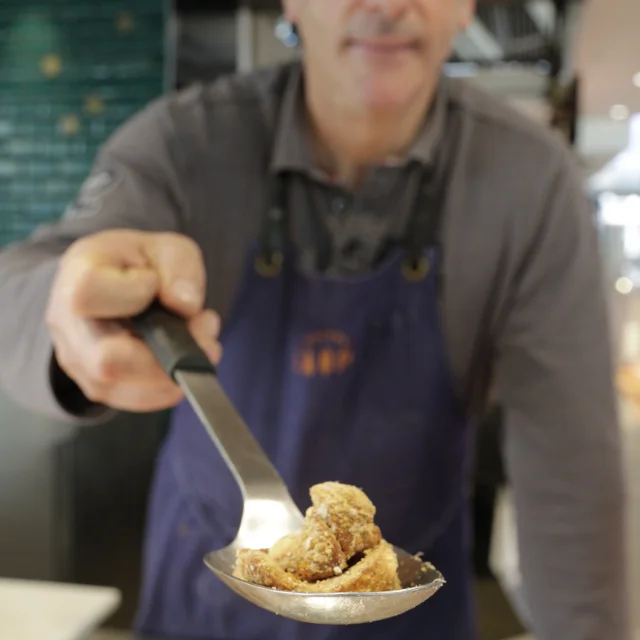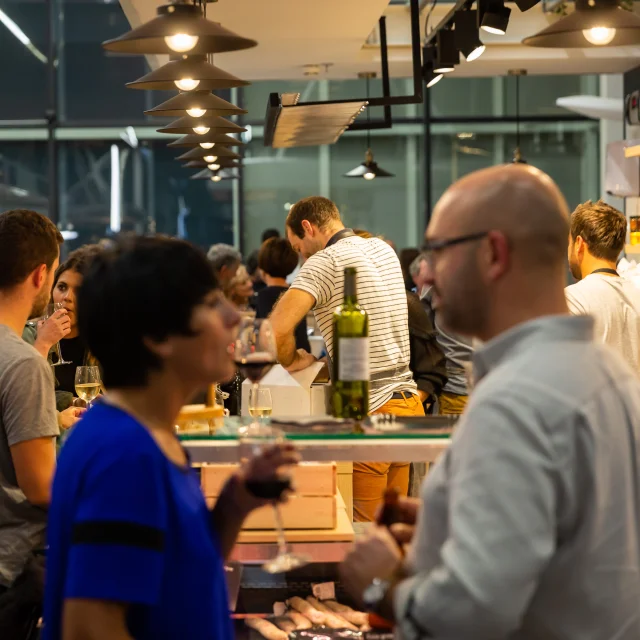Formerly known as "Bois Louis", this park planted with beautiful trees formed the southern part of the estate that the Jesuits had bought from Henri de Tisnès in 1662, to establish the kitchen gardens of the Collège Royal (now Lycée Louis-Barthou). In 1808, Napoleon donated the property to the city.
After 1950, the municipality transformed the former velodrome into a municipal stadium, named the Tissié Stadium in homage to Dr. Philippe Tissié (1853-1935), founder of the Lendits scolaires and initiator of calisthenics in France. The stadium is used for school sports and becomes the heart of the Pau Grand Prix automobile circuit every year. Outside these festive periods, the stadium remains a quiet space, offering walkers a gentle green link between the center and the lower town.
After 1950, the municipality transformed the former velodrome into a municipal stadium, named the Tissié Stadium in homage to Dr. Philippe Tissié (1853-1935), founder of the Lendits scolaires and initiator of calisthenics in France. The stadium is used for school sports and becomes the heart of the Pau Grand Prix automobile circuit every year. Outside these festive periods, the stadium remains a quiet space, offering walkers a gentle green link between the center and the lower town.












